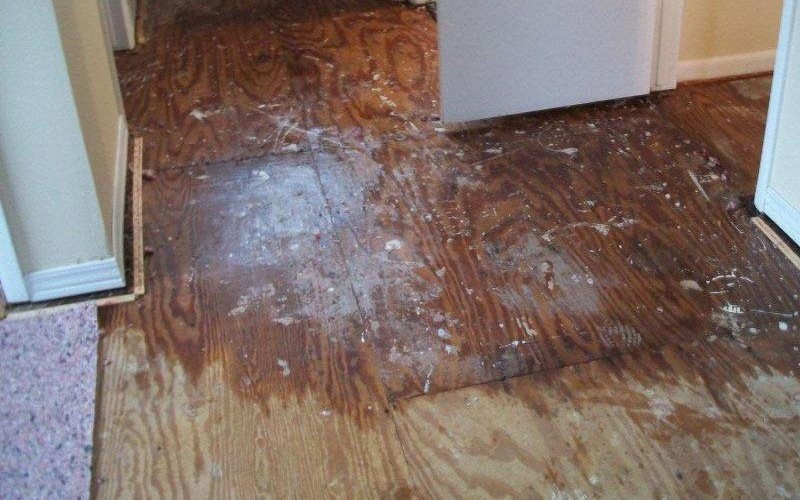Do's & Don'ts of Water Damages.
Do's & Don'ts of Water Damages.
Blog Article
This post in the next paragraphs on the subject of 5 Home Safety Tips To Reduce The Risk Of Fire And Water Damage is pretty much motivating. You should give it a look.

Water gives life, water breach on components where it's not meant to be can result in damages. It can peel off away surfaces and deteriorate the structure if the water soaks into your framework. Mold and mildew as well as mildew additionally flourish in a damp setting, which can be unsafe for your health and wellness. Houses with water damage scent old and stuffy.
Water can originate from numerous resources such as tropical storms, floods, ruptured pipes, leakages, as well as sewer problems. In case you experience water damage, it would certainly be good to recognize some security preventative measures. Here are a couple of guidelines on just how to handle water damages.
Do Prioritize Home Insurance Policy Protection
Water damages from flood as a result of heavy winds is seasonal. Nevertheless, you can additionally experience an unexpected flooding when a defective pipeline all of a sudden breaks into your house. It would be best to have house insurance that covers both acts of God such as all-natural calamities, as well as emergency situations like busted plumbing.
Don't Forget to Shut Off Energies
In case of a disaster, particularly if you stay in a flood-prone location, it would be recommended to shut off the major electric circuit. This cuts off power to your whole house, avoiding electrical shocks when water is available in as it is a conductor. In addition, don't forget to shut off the primary water line valve. Furniture will move about and cause damage when floodwaters are high. Having the main valve shut down protects against more damages.
Do Remain Proactive and Heed Weather Signals
Pay attention to discharge warnings if you live near a creek, river, or lake. Doing so minimizes potential property damages.
Don't Disregard the Roofing System
You can avoid rain damages if there are no openings and leaks in your roofing. This will certainly stop water from moving down your wall surfaces and soaking your ceiling.
Do Pay Attention to Tiny Leaks
A ruptured pipeline does not happen overnight. Normally, there are warnings that show you have actually weakened pipes in your home. You may discover bubbling paint, peeling wallpaper, water streaks, water spots, or leaking noises behind the walls. Ultimately, this pipe will burst. Preferably, you ought to not wait for things to escalate. Have your plumbing repaired prior to it causes substantial damages.
Don't Panic in Case of a Burst Pipe
When it comes to water damage, timing is crucial. Thus, if a pipe ruptureds in your home, instantly closed off your major water valve to reduce off the resource. Call a respectable water damages remediation specialist for help.
Water offers life, water intrusion on components where it's not intended to be can result in damage. Houses with water damages smell old as well as mildewy.
Water damage from flooding charges to hefty winds is seasonal. You may discover bubbling paint, peeling off wallpaper, water touches, water stains, or dripping noises behind the wall surfaces. When it comes to water damages, timing is vital.
Are Water Mitigation and Water Damage Restoration the Same Thing?
When are Water Mitigation Services Needed?
Water intrusion can come from small sources like a dishwasher leak or larger ones like rainwater causing inches of standing water in a basement. Other instances of damage that call for water mitigation services include:
Sewer backup, sump pump failure, or clogged toilets Toilet wax seal failure Shower pan corrosion Pipe leaks and ruptures Washer or icemaker line breaks HVAC drain line blockage A leaking roof Moisture behind walls Foundation cracks Mold Mold is a good example to illustrate how water mitigation works. We’ve often found that clients we do mold remediation services for had existing water damage issues that ended up leading to the mold damage. When performing water mitigation we look for what’s causing the water problem and for ways to stop mold before it multiplies and becomes a bigger concern.
Are You Currently Experiencing a Water Disaster?
If you’re in the middle of a water intrusion disaster, here are some important dos and don’ts to follow:
Don’ts:
Safety first! Do not enter a room with standing water until the electricity has been turned off! A regular household vacuum should never be used to pick up water. Never use electrical appliance if standing on a wet floor or carpet. Leave visible mold alone. Dos:
Call a water mitigation professional as soon as possible. Mold and other damage can begin within hours of a water intrusion. Mop and blot up as much water as possible. Remove non-attached floor coverings and mats but leave wall-to-wall carpeting removal to a pro. If there are window coverings like draperies that touch the water, loop them through a hanger and put them up on the rod. Remove wet cushions to dry and wipe down soaked furniture. Move valuables like paintings, photos, and art objects to a dry location. Books should be left tightly packed on shelves until it’s determined if they need specialized drying. Prop open closets, cabinets, and drawers to allow them to air out. https://cfrsfl.com/blog/are-water-mitigation-and-water-damage-restoration-the-same-thing/

As a serious person who reads about Fire And Water Damage Prevention, I was thinking sharing that post was a good thing. Sharing is caring. Helping others is fun. Kudos for your time. Kindly come visit our blog back soon.
Report this page